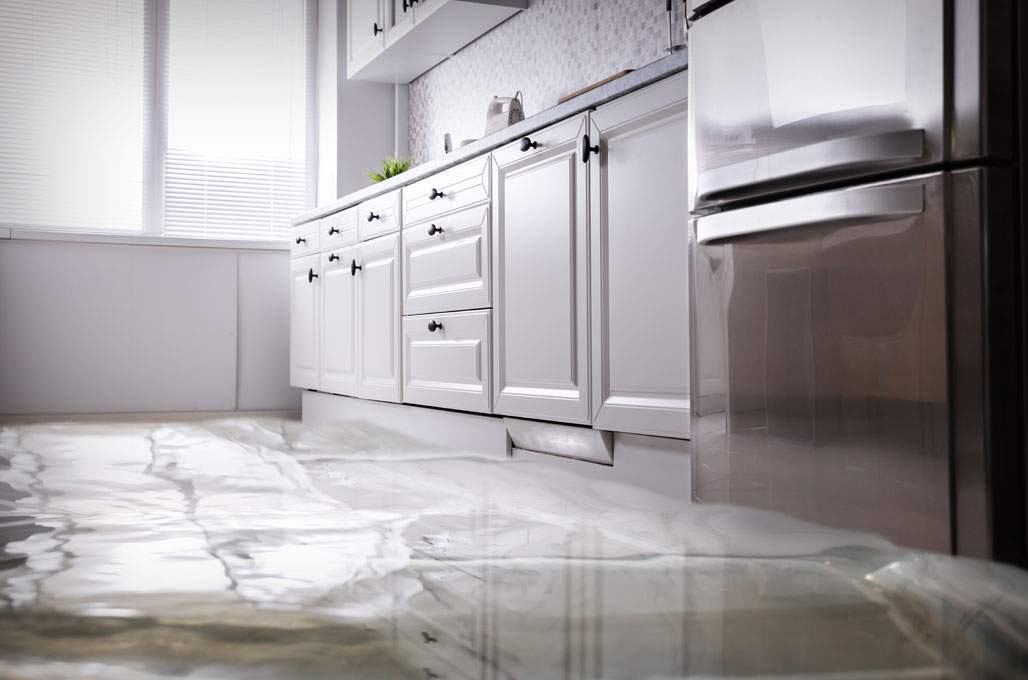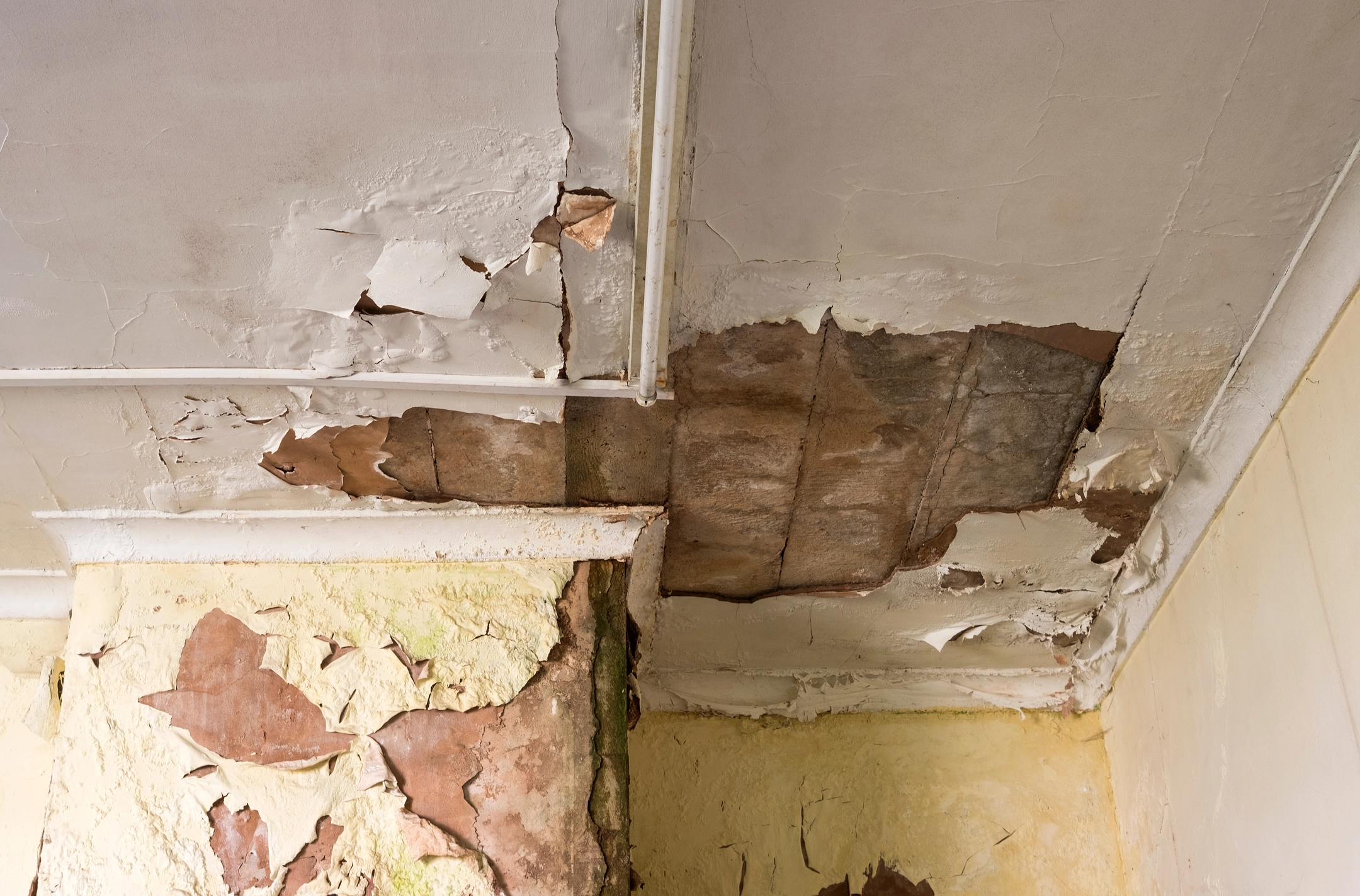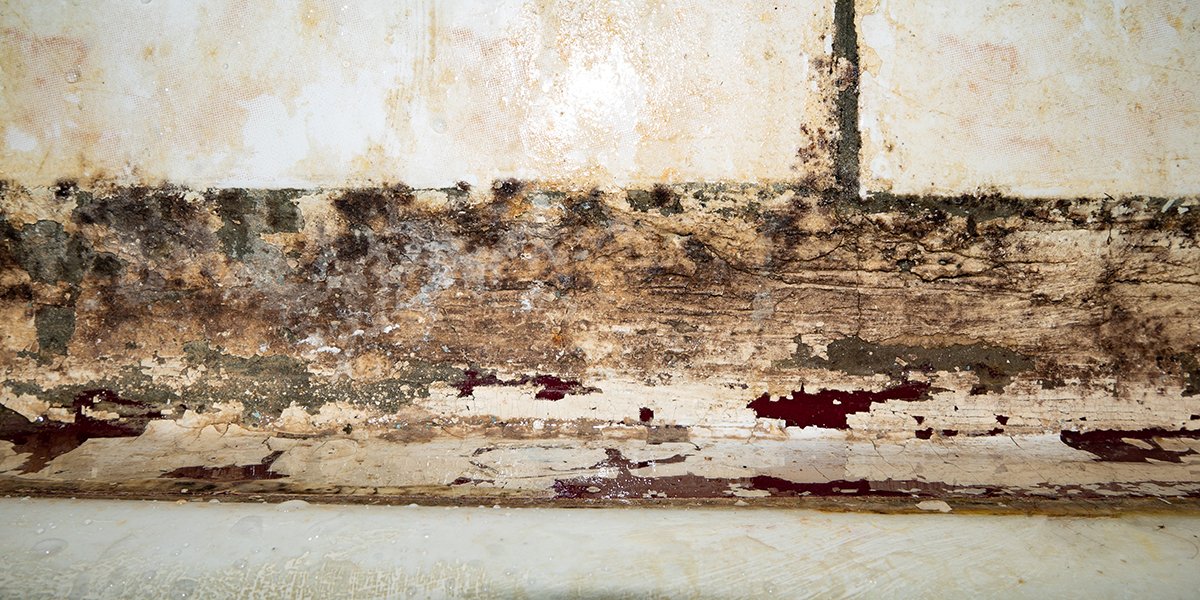Professional Water Damage Restoration for Homes and Businesses Near You
The Process of Water Damages Clean-up: Ensuring Your Home Is Recovered Effectively
Water damage can be an overwhelming difficulty for home owners, demanding a thorough and organized clean-up procedure to restore safety and capability. At first, a thorough evaluation is important to recognize the degree of the damage and establish the suitable remediation measures. Following this, efficient water extraction strategies play a pivotal function in alleviating further damage. Nonetheless, the subtleties of drying, sterilizing, and ultimate remediation are just as vital and commonly forgotten. Comprehending these phases can make a significant distinction in the outcome of your home's remediation, prompting a closer check out what each step requires.
Evaluating the Damage
Upon finding water damage, the initial step is to completely evaluate the degree of the influence. This first assessment is critical, as it assists determine the necessary actions for efficient cleaning and restoration. Begin by evaluating the influenced locations, including wall surfaces, ceilings, floorings, and individual items, to recognize the resource of the water invasion, whether from flooding, leaks, or condensation.
Documenting the damages is essential for both insurance claims and preparing restoration efforts - damage restoration services. Usage photos and written notes to capture the extent of the damages, keeping in mind any kind of afflicted structural elements and products. Pay unique interest to locations that may not be immediately visible, such as behind wall surfaces and under rugs, as concealed dampness can bring about additional complications, including mold and mildew growth
Furthermore, examine the timeline of the water exposure. The longer the materials stay wet, the higher the capacity for damages. Comprehending the period of exposure will certainly educate the seriousness of removal initiatives. Ultimately, a comprehensive assessment prepares for a successful water damages clean-up process, making sure that all affected areas are addressed efficiently and extensively.
Water Removal Methods

Experts typically utilize completely submersible pumps for larger quantities of water, which can swiftly alleviate flooding in cellars or various other affected locations. For smaller amounts, wet/dry vacuums are usually utilized to draw out residual dampness from carpets and hard surface areas. Additionally, utilizing portable extractors permits targeted removal in restricted rooms or locations with fragile materials.
In circumstances of contaminated water, such as sewer or floodwater, progressed removal methods might include using biohazard devices to ensure security and conformity with wellness guidelines. High-powered removal devices are vital in reducing water retention in structural materials, which can result in mold growth and architectural damage if not addressed without delay.
Inevitably, the performance of water extraction strategies plays an essential duty in the total success of the water damages cleaning process, preparing for succeeding restoration efforts.
Drying and Dehumidification
As soon as standing water has been efficiently removed, the next crucial stage in the water damages clean-up procedure is drying out and dehumidification. This action is important to protect against additional damage and mold growth, which can happen within 24 to 2 days in damp settings.
To achieve effective drying out, specific equipment such as industrial-grade air movers and dehumidifiers is utilized. Air moving companies distribute air across damp surfaces, improving dissipation rates, while dehumidifiers lower humidity levels in the air, advertising a favorable environment for drying out. The mix of these devices makes certain that dampness is extracted from floors, wall surfaces, and furnishings, allowing them to dry thoroughly.
It is essential to monitor the drying process carefully. Professionals frequently utilize wetness meters to assess the wetness content in different products, ensuring that all affected locations get to appropriate dry skin degrees. This careful strategy helps to protect against covert moisture pockets that can cause structural damages or harmful mold and mildew development.

Cleaning and Sterilizing
After the drying and dehumidification phase is total, the next crucial action in water damage cleaning is cleaning and sanitizing the affected areas. This procedure is essential to stop the development of mold, germs, and various other virus that grow in wet settings.
The cleansing stage commonly involves eliminating any debris, dust, and contaminants right here from surface areas making use of specialized cleansing agents. For hard surfaces, a mix of soap and water or industrial cleaning products is typically employed. Soft materials, such as upholstery and carpets, might require extra extensive cleaning approaches, consisting of steam cleansing or deep extraction strategies, to make sure complete sanitation.

Sanitizing adheres to cleaning, making use of EPA-approved anti-bacterials to eliminate damaging microbes. This action is vital, especially in locations that may have entered into contact with floodwaters or sewage, as these resources can present serious health and wellness risks.
Furthermore, it is very important to address any continuing to be odors, which may require the usage of odor neutralizers or innovative strategies like ozone therapy. Proper cleansing and disinfecting not only bring back the safety and health of your home yet likewise prepared for effective remediation and repair work in subsequent phases of the water damage cleaning procedure.
Remediation and Repair Work

As soon as the assessment is full, repair efforts can start. This usually includes repairing or changing broken products, guaranteeing that all job abides by local structure codes and requirements. For example, if drywall has actually been compromised, it will require to be gotten rid of and changed with new product. Furthermore, flooring might require comparable focus, depending on the degree of water exposure.
It is crucial to engage skilled repair specialists during this procedure, as they possess the know-how to take care of intricate repairs effectively. Additionally, they can assist minimize prospective future problems, such as mold and mildew growth or architectural instability, hence ensuring a habitable and risk-free living atmosphere. Eventually, effective go to my site restoration and repair services bring back the home's stability and enhance its overall value.
Verdict
To conclude, the procedure of water damage cleanup is critical for bring back a home to its pre-damage problem. Each phase, from assessing the damages to executing reliable water extraction techniques, complied with by detailed drying out, disinfecting, and needed repairs, plays a necessary role in guaranteeing safety and security and conformity with building criteria. Efficient implementation of these steps not just reduces prompt damages however additionally improves the long-lasting integrity and worth of the home.
Water damage Source can be an overwhelming difficulty for homeowners, necessitating a organized and meticulous clean-up procedure to bring back safety and security and capability. Ultimately, a comprehensive assessment lays the foundation for a successful water damages cleanup procedure, making sure that all impacted locations are resolved effectively and completely.
Reliable water removal techniques are crucial in reducing damages and protecting against additional complications complying with a water invasion event.In final thought, the procedure of water damages cleanup is important for recovering a home to its pre-damage condition. Each stage, from examining the damage to executing reliable water removal techniques, adhered to by thorough drying, sterilizing, and necessary repair work, plays a vital function in making certain security and conformity with structure standards.